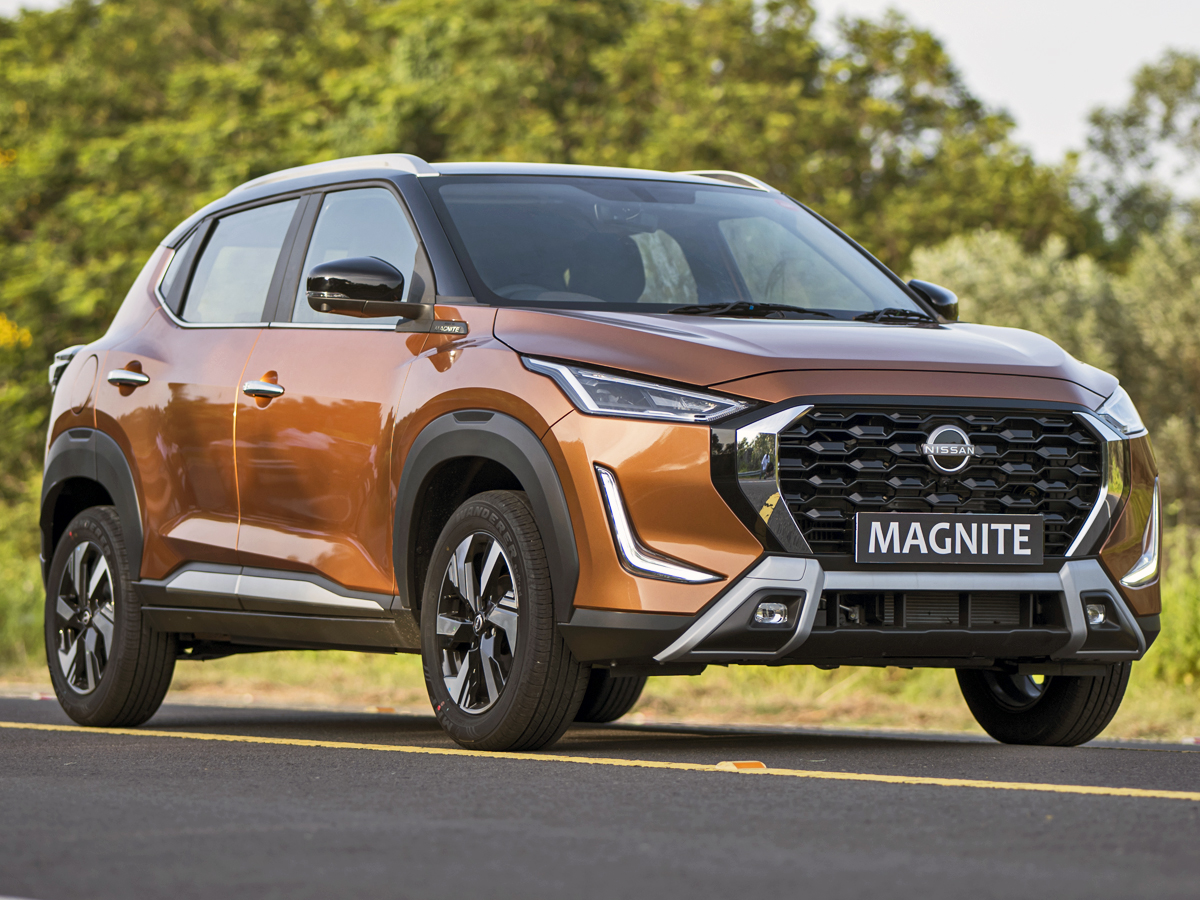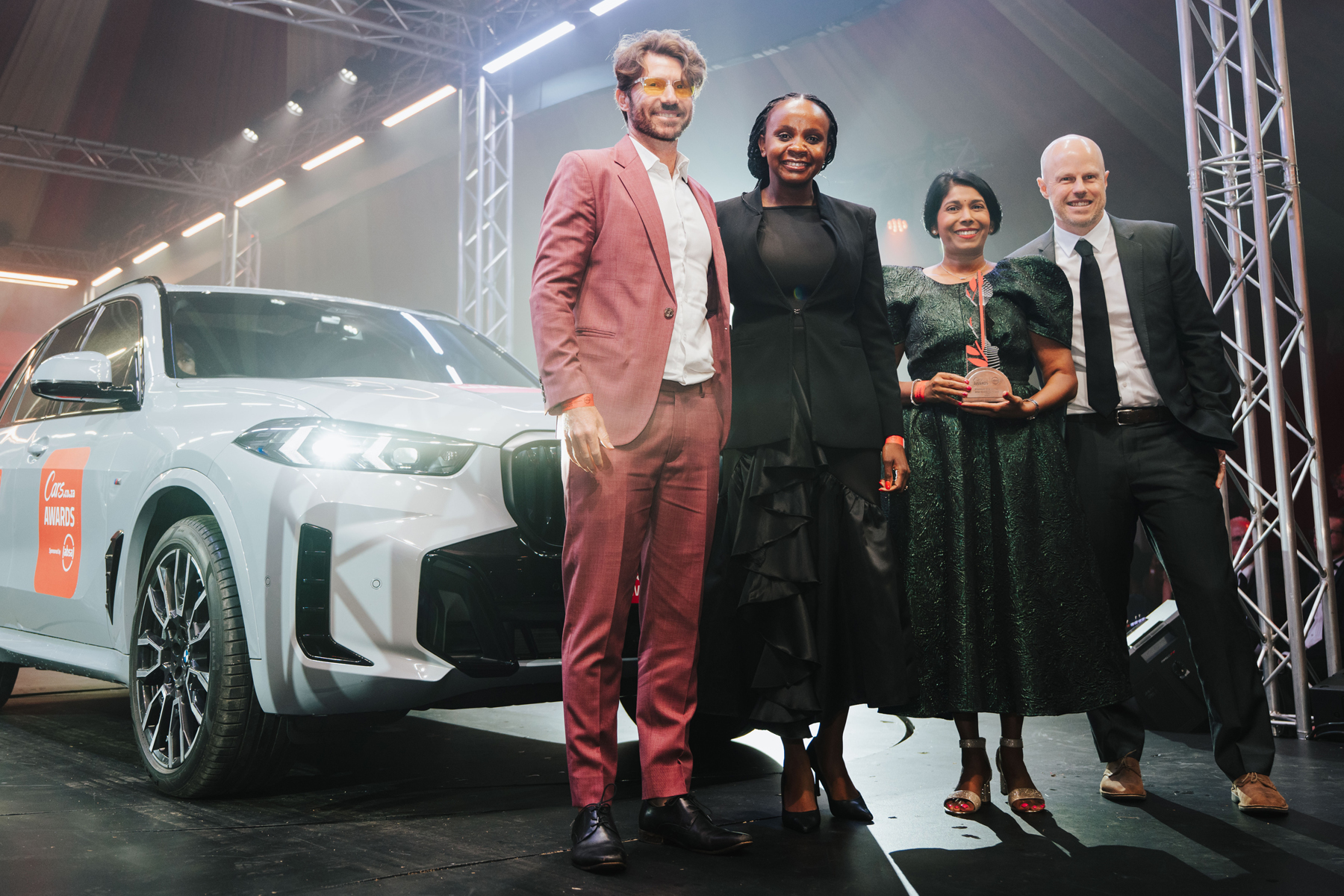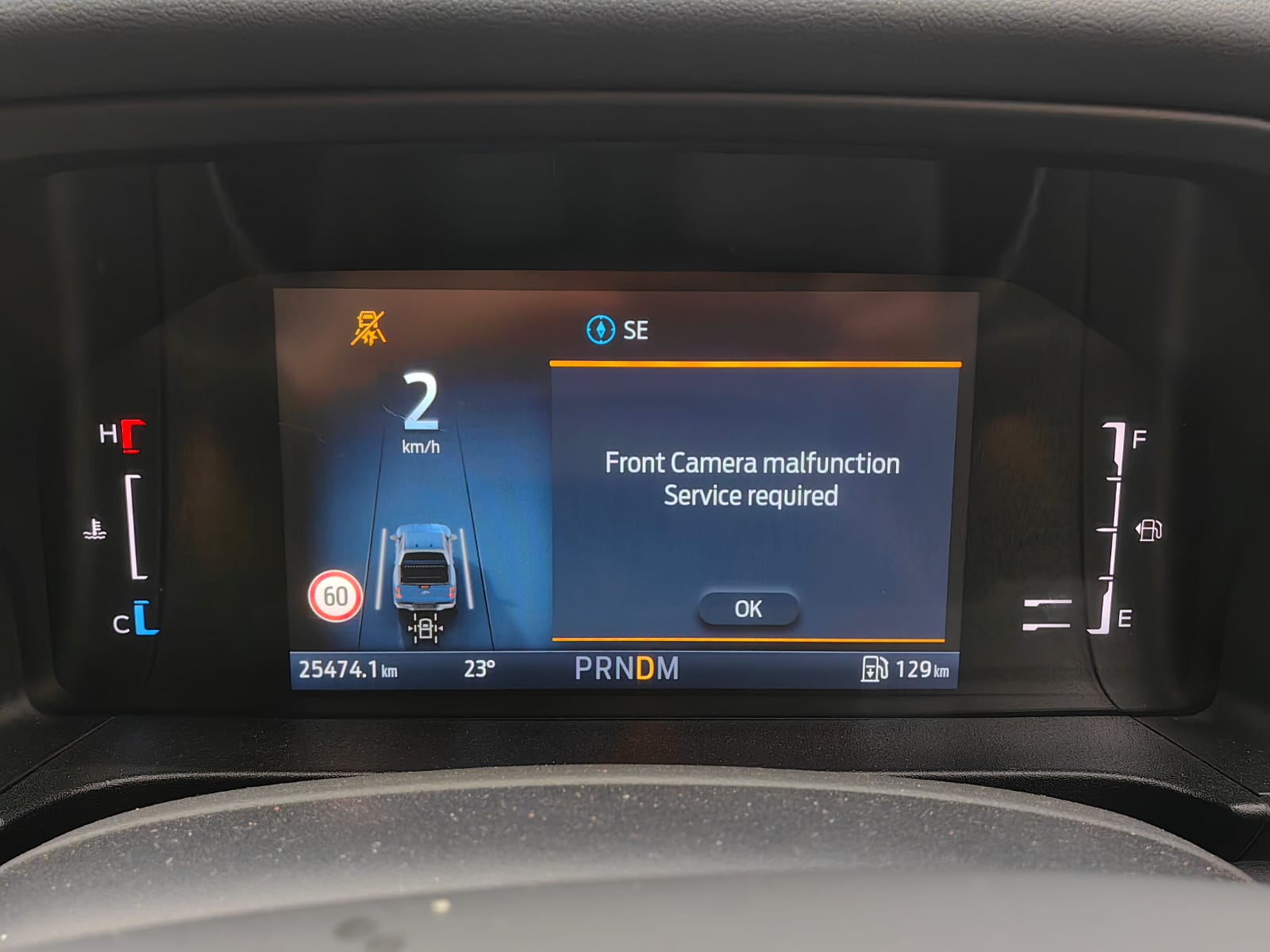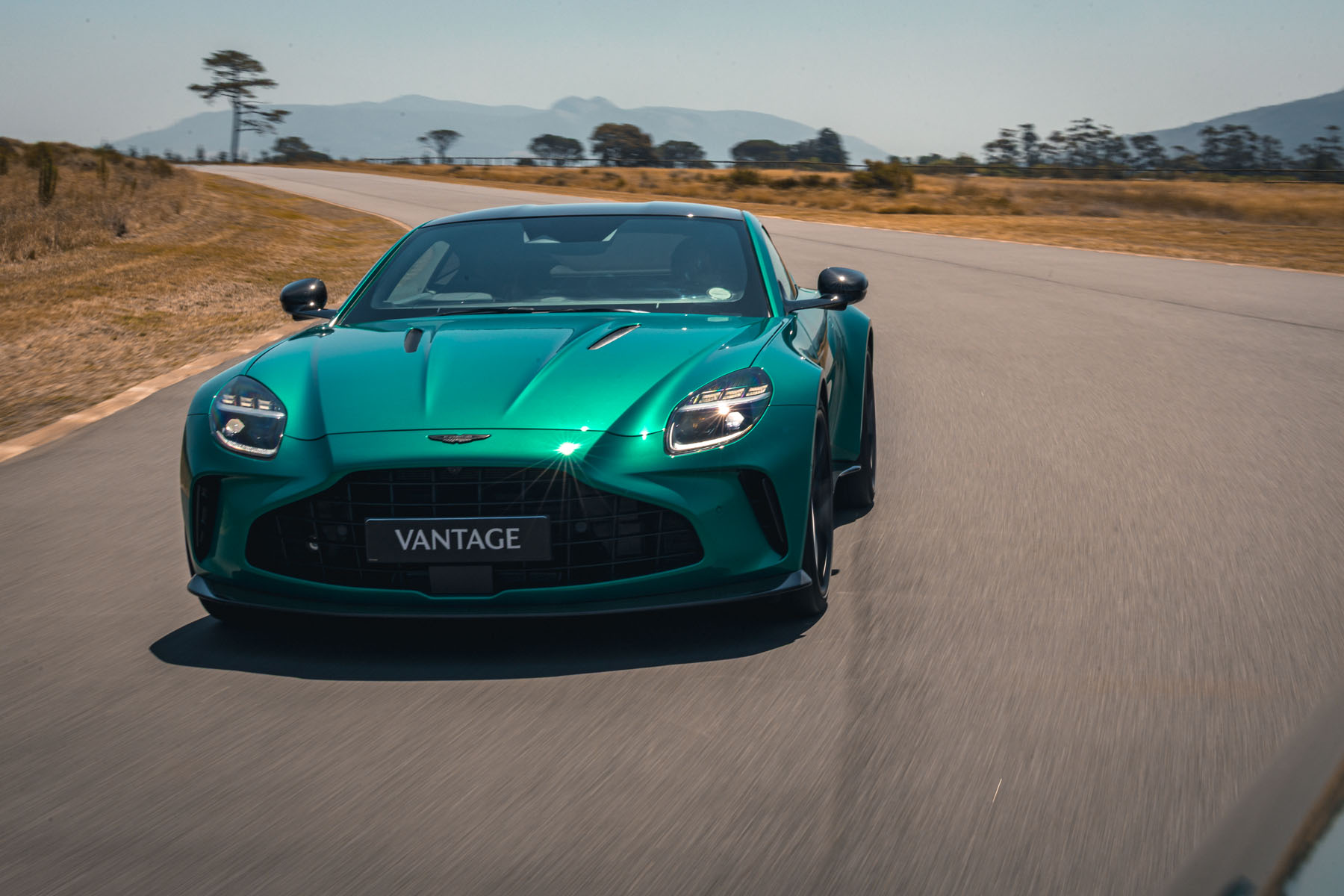Suzuki holds strong in 2nd! SA’s new-car sales in February 2025
February 2025 represented the SA new-vehicle market’s 5th consecutive month of year-on-year growth. Here’s your market overview, including a look at Mzansi’s best-selling automakers…
In February 2025, South Africa’s new-vehicle market registered its 5th straight month of year-on-year growth, with sales increasing 7.3% to 47 978 units. That latter figure furthermore represents a 3.4% improvement over January 2025’s effort.
Meanwhile, export sales fell 8.6% year on year to 34 656 units, leading Naamsa to describe February 2025 as “a defining month for South Africa’s new-vehicle market, reflecting both resilience in domestic sales and headwinds in the export segment”.
According to the industry representative body, 84.1% of last month’s total reported domestic industry figure represented dealer sales, while an estimated 11.1% were sales to the new-vehicle rental industry, 2.2% to industry corporate fleets and 2.5% to government.
Once again, it was Mzansi’s new passenger-vehicle market that drove overall growth in the industry, with sales in this space increasing a significant 17.0% year on year to 33 757 units (for the record, the rental channel accounted for 14.6% of that total). Meanwhile, domestic sales of new light-commercial vehicles slipped 11.3% year on year to 11 802 units.
Meanwhile, Lebo Gaoaketse, Head of Marketing and Communication at WesBank, said February’s sales “gave even more reassurance [than January’s performance] that positive growth may be possible for the automotive industry this year”.
“Despite February being a short month, it was not a particularly short sales month, providing wherewithal for consumers to act on renewed confidence and easing affordability,” he explained.
- ALSO READ: GWM Tank 300 2.4TD (2025) Price & Specs
Brandon Cohen, Chairperson of the National Automobile Dealers’ Association (NADA), added that passenger-vehicle buyers in South Africa were seemingly undeterred by “prevailing economic concerns”. He further pointed to the latest decrease in interest rates as well as “speculation over a potential VAT increase” as factors that may have “encouraged some buyers to expedite their purchases”.
“Another reason for the surge in new-car buying could have been that February is the end of a tax year for many companies and those who still have money in their budgets tend to buy before the end of this period,” Cohen suggested.
New-vehicle sales summary for February 2025
- Aggregate new-vehicle sales of 47 978 units increased by 7.3% (3 229 units) compared to February 2024.
- New passenger-vehicle sales of 33 757 units increased by 17.0% (4 900 units) compared to February 2024.
- New light-commercial vehicle sales of 11 802 units decreased by 11.3% (1 504 units) compared to February 2024.
- Export sales of 34 656 units decreased by 8.6% (4 861 units) compared to February 2024.
10 best-selling automakers in SA in February 2025

Though Toyota SA Motors’ total (which includes the Lexus and Hino brands) for February 2025 slid 3.4% year on year to 11 743 units, the Japanese firm remained well ahead of the pack. As a reminder, Toyota boasted a 24.9% share of the total market in 2024, with nearly 130 000 new vehicles sold around the country last year.
Meanwhile, after leapfrogging Volkswagen Group Africa in January, Suzuki Auto SA managed to retain 2nd place in February 2025, finishing on a healthy 6 044 units (down 5.5%, month on month). That meant VW Group Africa (including Audi sales) again had to settle for 3rd position, with local registrations falling 7.5% month on month to 5 249 units.
Hyundai Automotive SA (3 074 units), however, reported month-on-month sales growth of 8.8% in February 2025, keeping the South Korean firm in 4th spot ahead of the likewise steady Ford (2 900 units) in 5th place. Interestingly, the Blue Oval brand enjoyed a 17.6% increase in local registrations compared with January.
That said, Isuzu Motors SA’s month-on-month improvement was even more marked, with local registrations of this brand up 32.6% to 2 298 units. That saw Isuzu climb 2 rankings to 6th, forcing the Chinese duo of Chery (1 924 units) and GWM (1 713 units) down to 7th and 8th, respectively.
Indian automaker Mahindra (1 610 units) remained in 9th place, putting in what we believe was its best-ever tally in South Africa, eclipsing its 1 463-unit effort in the prior month. Finally, Nissan (1 497 units) returned to the top 10 for the first time since September 2024 to snaffle the last spot on the table.
Therefore, there was no space in the top 10 for Kia (1 491 units) or Renault (1 466 units), with these Motus-imported brands settling in 11th and 12th, respectively. Next came BMW Group SA (with a Naamsa-estimated 1 256 units) in 13th, followed by Omoda & Jaecoo (772 units) in 14th and Stellantis (501 units) in 15th.
1. Toyota – 11 743 units
2. Suzuki – 6 044 units
3. Volkswagen Group – 5 249 units
4. Hyundai – 3 074 units
5. Ford – 2 900 units
6. Isuzu – 2 298 units
7. Chery – 1 924 units
8. GWM – 1 713 units
9. Mahindra – 1 610 units
10. Nissan – 1 497 units
Sales outlook in South Africa rest of 2025
So, what’s next for South Africa’s new-vehicle market? Well, Naamsa believes “inflationary risks remain a concern”, with the Nersa’s (National Energy Regulator of South Africa) 12.74% electricity tariff hike set for April “posing potential cost pressures for manufacturers”.
Furthermore, the industry representative body says the “unexpected postponement of the 2025 Budget [Speech] introduced short-term fiscal uncertainty, though consumer resilience, monetary support and sustained business confidence helped maintain a positive trajectory for overall vehicle sales”.
- ALSO READ: 342 kW Haval H6 GT PHEV confirmed for SA!
WesBank’s Gaoaketse echoes Naamsa’s concerns around short-term uncertainty in the wake of the postponed Budget Speech (and indeed the seemingly fleeting return of load-shedding in February), saying it may “stunt the swell of positivity in the market”. However, he says 3 consecutive interest-rate drops have provided relief.
“While further expected cuts would continue to address affordability and stimulate market activity, other inflationary increases, including electricity tariffs and fuel prices, persist and have many economists questioning the expected pace of interest-rate cuts, warning there may be fewer cuts throughout the year than previously envisioned,” says Gaoaketse, who adds affordability “could still trip up” the market’s early 2025 growth momentum.
- ALSO READ: 342 kW Haval H6 GT PHEV confirmed for SA!
Meanwhile, NADA’s Cohen says several economic disrupters remain at play in the South African market, including “concerns about the future of trade with the United States and an ongoing lack of confidence in the business sector”.
However, he adds that the sales charts feature a “growing presence” of manufacturers competing in the entry- and lower segments of the market, suggesting this section of the market is gaining yet more traction. This shift, says Cohen, shows that affordability will likely continue to play a key role in driving local sales.
Related content
How well is Jetour selling? January’s sales figures





















































































































